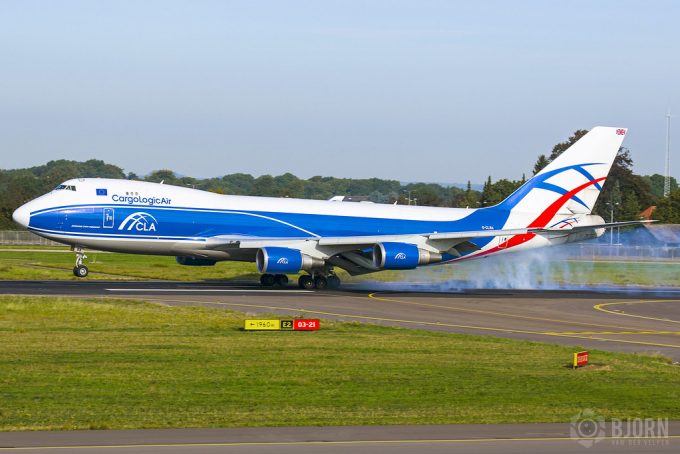EU 'frustration over what UK wants' as further trade talks loom
Supply chain operators are being warned not to get their hopes up of any imminent ...

Cargologicair (CLA) looks “very likely” to add a 777 freighter to its fleet by the end of what has been “a fascinating year” for the UK’s only freighter operator.
The carrier has gone from being near-broke to buoyant in just a couple of months, its new chief executive, Nadeem Sultan, told The Loadstar.
He joined the carrier from AirBridgeCargo in January as chief operating officer, after a shake-up of the management team.
“In the second half of 2019, air cargo was a challenge; ...
Asia-USEC shippers to lose 42% capacity in a surge of blanked sailings
USTR fees will lead to 'complete destabilisation' of container shipping alliances
New USTR port fees threaten shipping and global supply chains, says Cosco
Outlook for container shipping 'more uncertain now than at the onset of Covid'
Transpac container service closures mount
DHL Express suspends non-de minimis B2C parcels to US consumers
Zim ordered to pay Samsung $3.7m for 'wrongful' D&D charges
Flexport lawsuit an 'undifferentiated mass of gibberish', claims Freightmate

Comment on this article
logo Desing
December 20, 2020 at 3:31 pmNice post, this is a wonderful and helpful site, thanks sharing.